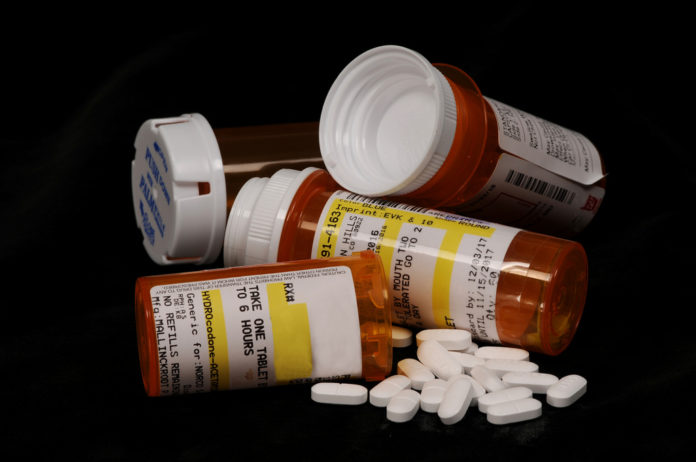Three in four Americans would prefer not to use prescription drugs to deal with their physical pain, according to a new study by Gallup poll sampled by the Palmer College of Chiropractic Annual Study of Americans.
The findings were collected over two months between February and March 2017 and showed that 23 percent of Americans said their medication was “not very safe” and eight percent said “not safe at all.”
The poll definitively showed Americans see prescription drugs with opioids and their reliance of them as problematic, with 55 percent blaming “the pharmaceutical industry encouraging doctors to use opioids.”
More than half of people polled complain about “doctors over prescribing painkillers to their patients” and 49 percent attribute the problem to a “lack of public knowledge about the dangers of opioids.”
47 percent of people criticize “patients demanding that they be given a prescription to ease their pain” while 44 percent view using prescription painkillers as a way to handle a “crisis” or “very serious problem.” That rate is significantly higher than the number of people who use cigarettes, alcohol, cocaine, heroin, or marijuana.
In 2015, more than 22,000 of the 30,000 deaths related to opioid overdose involved prescription oxycodone, hydrocodone, codeine, morphine, or fentanyl. Opioid overdose deaths have more than quadrupled since 1999.
One in four patients took a prescription opioid painkiller to relieve pain associated with ongoing neck and back pain. The majority, 70 percent of the poll, relied on non-steroidal, anti-inflammatory drugs such as aspirin.
The most effective treatment for neck and back pain, according to 41 percent of opioid patients, was physical therapy while 22 percent said Rx pain medication worked most effectively.
As for safety, 68 percent of patients cited physical therapy as a means of pain relief, 33 percent for chiropractic care, 23 percent for over-the-counter pain medications, 12 percent for RX pain medication, and 6 percent for surgery.














